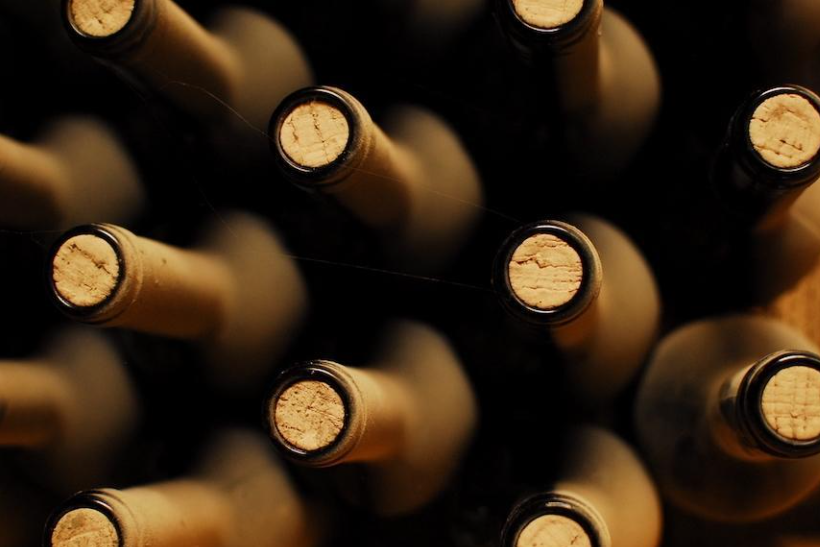Ageing and refinement are two stages in the process of maturing wines, giving them colours, scents and flavours that they would otherwise never develop. This is why, in the wine world, it is necessary to deploy patience and time to enjoy the best characteristics of these developed wines.
Wine maturation, ageing and refinement: what are the differences?
Often the terms maturation, ageing and refinement are used synonymously, but technically maturation is the period between vinification and bottling. Refinement, on the other hand, refers to the time the wine spends in the bottle before being marketed. The period from when the wine is put on the market until it is opened is described by oenologists and wine experts as wine ageing. In common parlance, however, the term 'ageing' means, during the winemaking process, resting the wine in steel, concrete, wooden or other containers before it is bottled.
What factors determine the successful maturation of a wine?
Not all wines are endowed with longevity, so only those that meet certain requirements, which must be taken into account from the beginning of the entire wine-making process, can be subjected to ageing and refining.
For example, if one wants to produce a wine for ageing, the grapes must possess the right balance of elements, which the winegrower must observe and take into account to determine the right time to harvest the grapes, i.e. when they have reached an ideal level of acidity and sugars, with antioxidant and preservative properties. Some types of grapes, especially those with dark berries, also have a naturally high concentration of polyphenols or tannins, a quality that allows red wines to be, in general, among the most suitable for several years of ageing.
Subsequently, winemaking techniques are also chosen with this aim in mind: a prolonged contact of the must with the grape seeds during maceration will transfer more phenolic compounds and astringency to the wine, giving the grapes what they require before being subjected to slow barrel ageing.
How do wines improve with age and refinement?
Some wines, when young, are still tart and immature: they have not yet revealed their full potential and only yield the wine's primary aromas. For this reason, barrel ageing contributes to harmonising the sensory characteristics of the wines, pushing them to reach their maximum expression and balance between tannicity and acidity, also leading to the development of delightful secondary and tertiary aromas in the wine.
So how to choose the right barrel to age different types of wine? It depends on the characteristics of the wine that one wants to enhance: steel, fibreglass or concrete tanks, unlike wooden barrels, do not allow oxygen to pass through and are considered barrels with neutral materials, which do not distort the wine but only enhance its original characteristics.
The porosity of wooden barrels, on the other hand, initiates a process of micro-oxygenation of the wines and the material actively reacts to contact with the wine, yielding its aromas and giving it more complexity and structure over time. The size of the barrel also influences the result: smaller barrels and casks transfer more of the aromas of the wood to the wine.
Some very structured wines, such as Barolo DOCG or Brunello di Montalcino DOCG, require long periods of ageing to mellow and be fully appreciated in all their nuances, and may be aged first of all in steel, fibreglass and concrete tanks and then in wood.
Bottle ageing of wines, which follows ageing in barrels, redefines the characteristics of the wine in a more pronounced manner, mellowing it and favouring the sedimentation of phenolic compounds at the bottom of the bottle, making the tannin more harmonious.
Maturation of red, white and sparkling wines
During the first stage of tasting mature and developed wines, i.e. the visual analysis, one can recognise an aged wine by its colour. The straw yellow of white wines turns to golden and amber, red wines take on garnet and more brownish hues, while rosé wines develop into a cherry red colour.
As mentioned, it is not only red wines that have great ageing potential, but also white and sweet wines; this is possible thanks to the acidity, phenolic compounds and sugars present in some white grapes. Among the most impressive aged white wines are Riesling, Gewürztraminer and Chardonnay, but also Verdicchio, Vermentino and Fiano di Avellino, to name a few.
And what about bubblies? Sparkling wines produced by the Metodo Classico can age for up to tens of years, until the disgorgement stage, when the bottle is opened to allow the wine's yeasts to be expelled. From that point, the oxygen begins a process of oxidation, which is why a Trentodoc or a Franciacorta DOCG must be consumed within two to three years of purchase.
How should wine be stored in the cellar?
Most wines, when released to the market, are ready to be consumed immediately. However, there are a few rare exceptions where wine can continue to refine further, provided they are stored in professional cellars, i.e. sheltered from light, temperature changes and humidity, and laid down in the correct position. Although some wines can be kept longer, this does not necessarily mean that they should be: even the longest-lived wines, once they have reached their peak, will begin a path of decline in which the flavours will gradually fade.
Now that you know all about the ageing and refinement of wines, browse Svinando for the best aged and Riserva labels and taste the characteristics of the best matured Italian wines!

